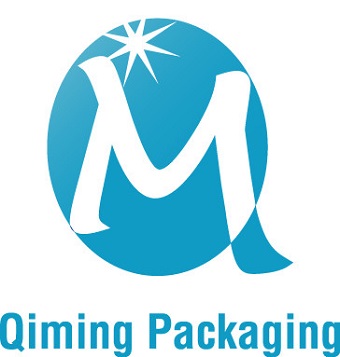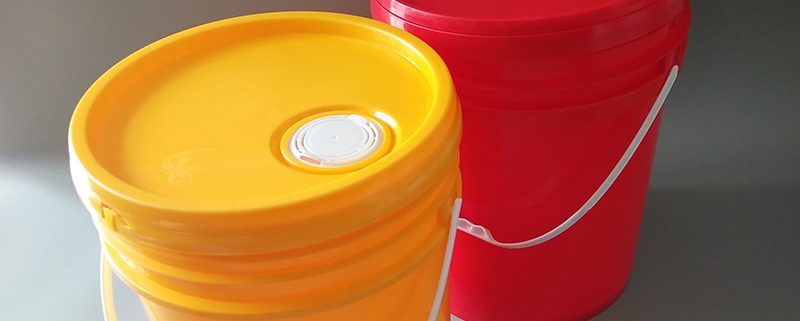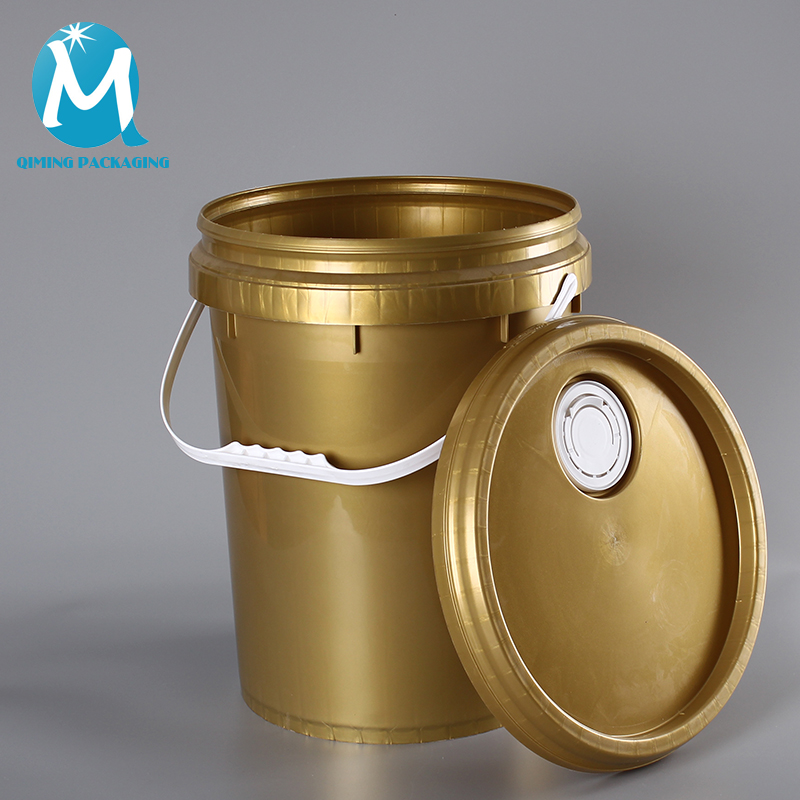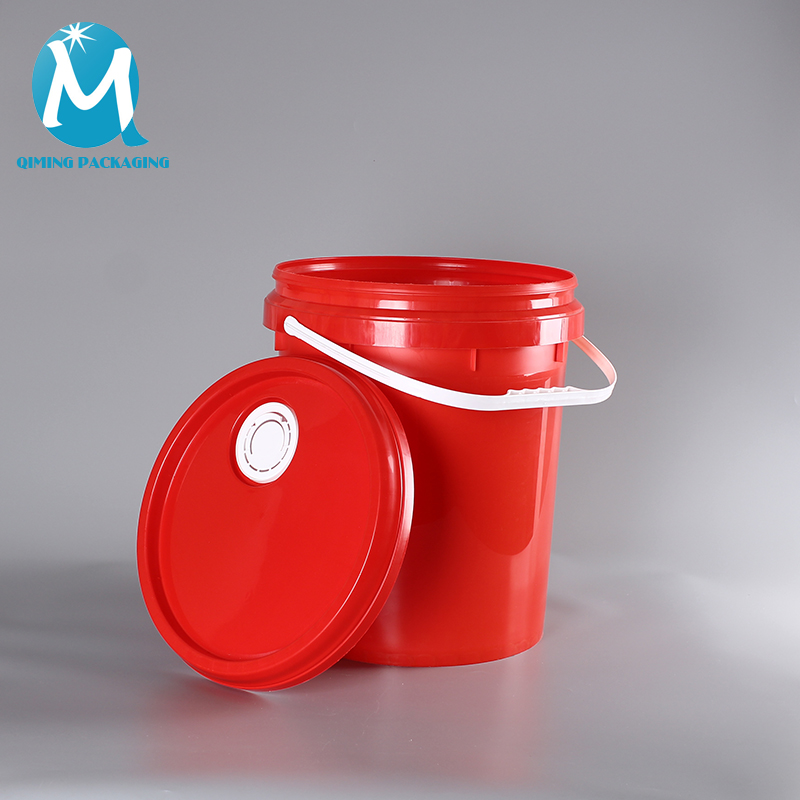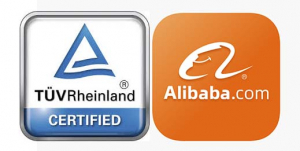How the 5gallon plastic bucket came to the aid of grassroots environmentalists
How the 5gallon plastic bucket came to the aid of grassroots environmentalists ?The plastic five-gallon bucket is the most humdrum of containers, yet it’s proved to be almost as versatile as duct tape. Creative sorts have turned buckets into toolboxes and ottomans, planters and panniers. And in recent years, some environmental activists have begun using the humble bucket for an even higher purpose: These days, five-gallon buckets may literally be saving lives.
Back in 1994, several years before Erin Brockovich and her boss Edward Masry saw their life stories reenacted on the big screen, Masry was representing a group of citizens from Rodeo, Calif., on the eastern side of San Francisco Bay. His clients lived near a Unocal oil refinery, and they were worried: They’d recently endured a major release of a refinery catalyst called catacarb, which had coated their neighborhoods with sticky goo. Hundreds of them had already gotten sick, and they’d been noticing odd smells around the Unocal site. “We realized there was no way for the people to monitor what was coming out of the refinery,” says Masry.
So Masry inaugurated his own monitoring program. He called up an environmental engineering firm and asked them to redesign the standard air-sampling device — known as a Summa canister, a stainless-steel unit that costs about $2,000 — into a cheap and accurate tool that private citizens could use. The engineers’ solution? The good old five-gallon bucket.
The engineers brought the cost of the sampling unit down to about $250 by housing its guts in an airtight plastic bucket. Once a “grab sample” of air is taken with the bucket, the heavy-duty Tedlar bag inside can be sealed and sent to a lab for analysis. Masry gave 30 buckets to Rodeo citizens, encouraging them to keep tabs on future releases from the Unocal refinery. “The amount of releases dropped dramatically,” he remembers. Two years later, thanks in part to the data collected by refinery neighbors, Unocal settled the citizens’ lawsuit, paying a total of $80 million to the 6,000 residents injured by the catacarb release.
Denny Larson, then part of a local group called Communities for a Better Environment, saw huge political potential in the engineers’ invention. Larson wanted an even cheaper, simpler version of the bucket, so he and his coworkers started searching for substitute parts at camping stores, boat shops, and vacuum-cleaner dealers. They eventually shaved the cost down to about $75 per unit, and designed a guerrilla environmental monitoring program that included protocols for data collection. Larson started hawking the program to grassroots activists in the Bay Area, and in 1995 his group got a private grant to take their buckets on the road. And thus the Bucket Brigade was born.
Today, there are about 25 Bucket Brigades active in the United States, ranging from California to Philadelphia and Texas to North Carolina. They keep an eye on oil refineries, chemical plants, and even large-scale hog farms. Most are based in “fenceline” neighborhoods — communities located next to industrial sites — and most use the protocols developed by Larson and his coworkers. Each has a team of “sniffers” to detect unusual odors, and a team of samplers to confirm the sniffers’ suspicions via the buckets.
Larson says he’s seen this power embraced around the world. “People get so excited when they build the bucket, get the test results, and find out what they’re breathing for the first time,” he says. “Man, when they go after companies and regulators, you’d better not be in their way.”
